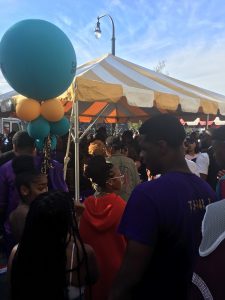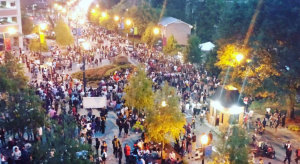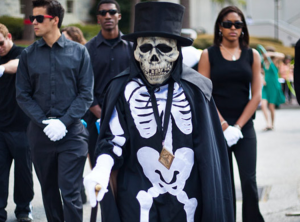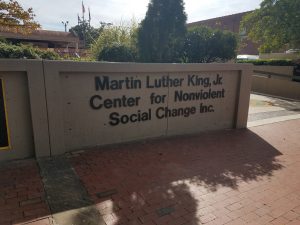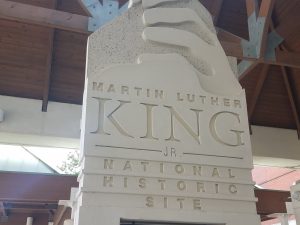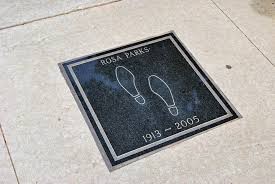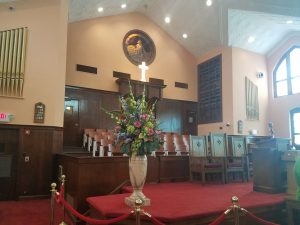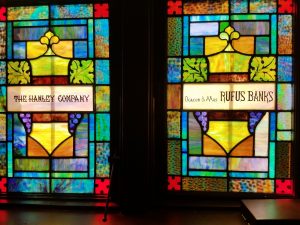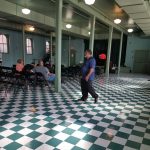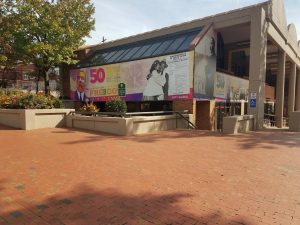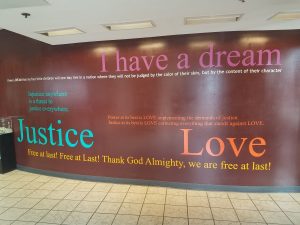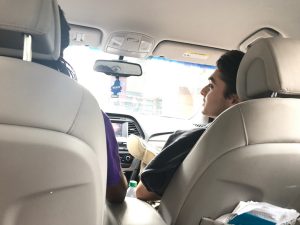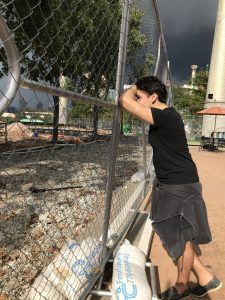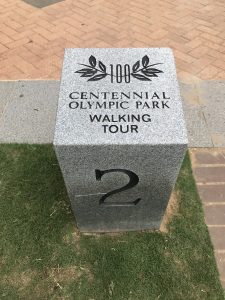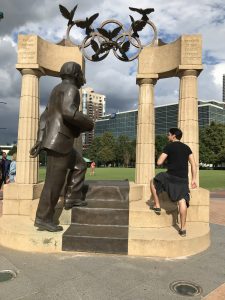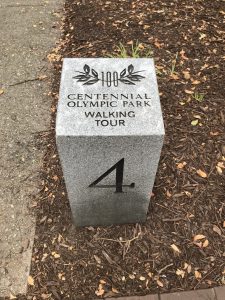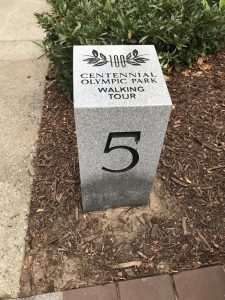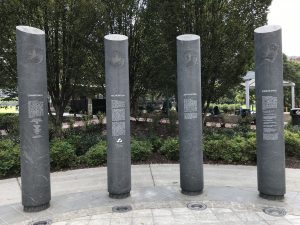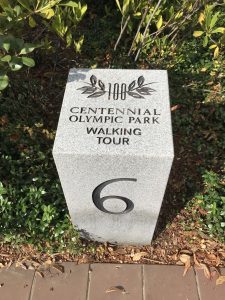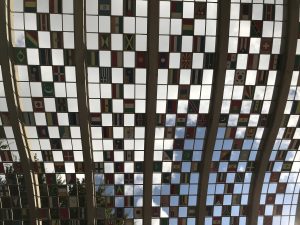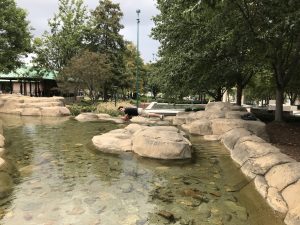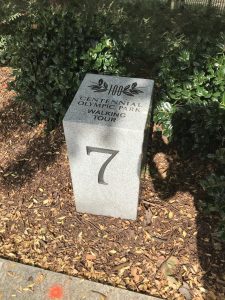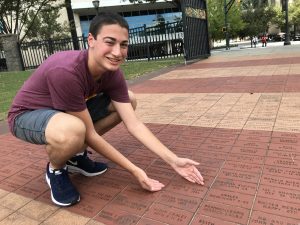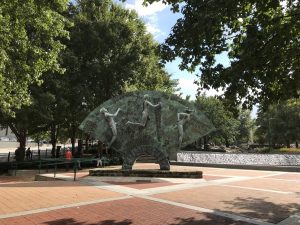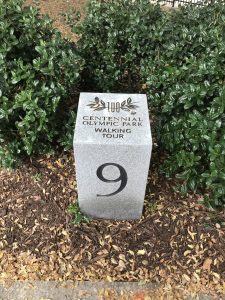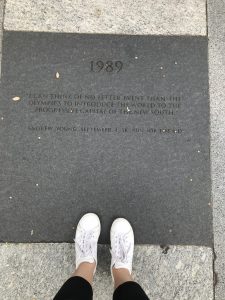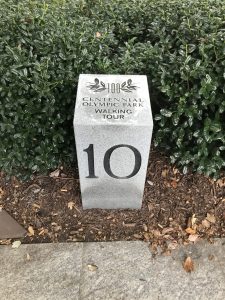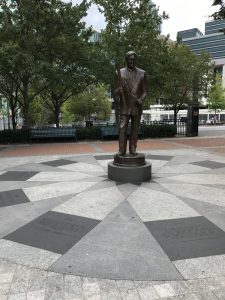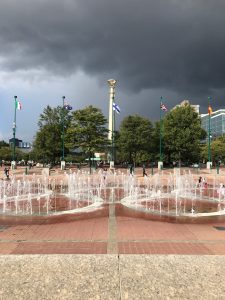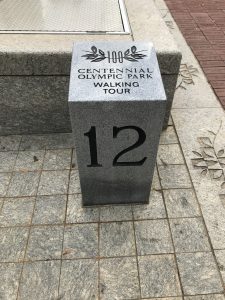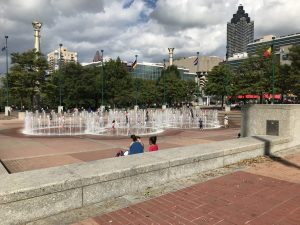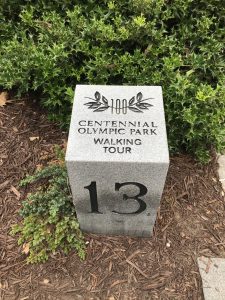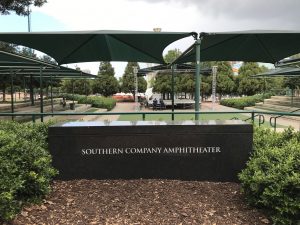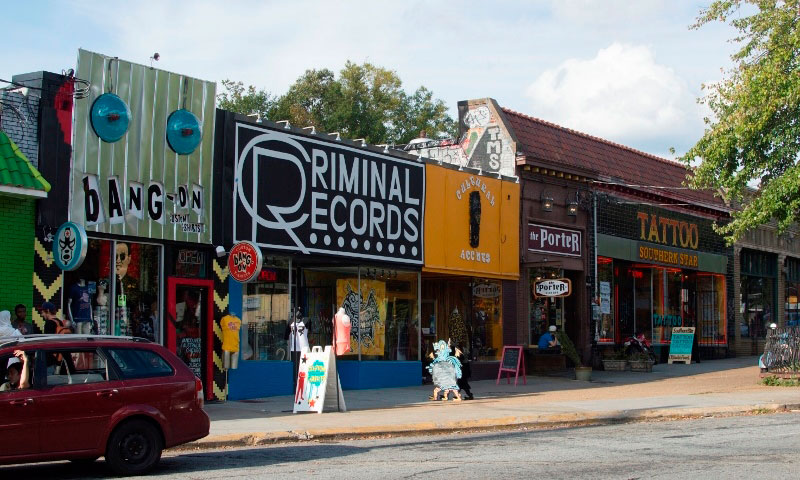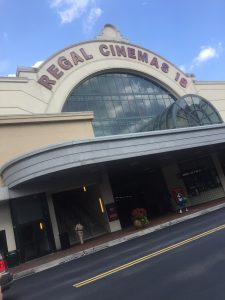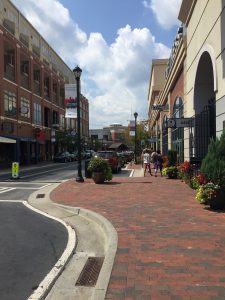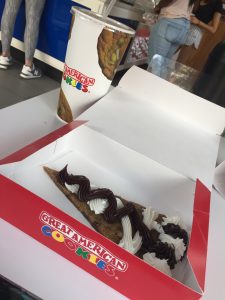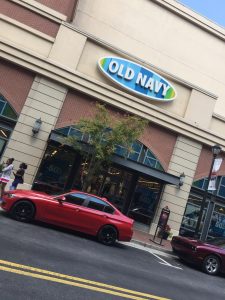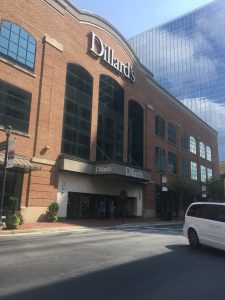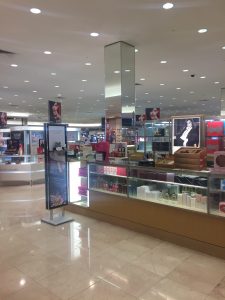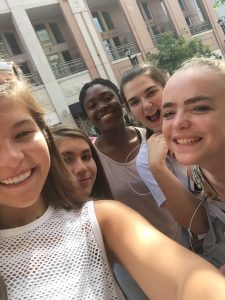Michael and Sandro stood anxiously shivering under the roof of Long-Street Means as the 42 degree air had their teeth chattering and fingers frozen. Once again Sandro subtly hinted “Do we really have to go? I’ve been there before and have pictures”. Without even acknowledging his comment Michael jumped in the Uber and Sandro reluctantly followed. Once again Sandro decided that the Uber driver was his best friend as Michael shook his head and put in his headphones. Though the ride only lasted 10 minutes, the sound of Sandro talking about cheese with this complete stranger had Michael smashing his head against the window.

Shortly after the ride Michael and Sandro were warmly greeted by the garden staff with a “We are closed!” as the receptionist shut the window. Sandro started laughing hysterically, but Michael was extremely frustrated as the garden was supposed to be open on Sundays. A technician approached us from behind explaining that there was a “power outage” moments before we arrived. After Sandro berated Michael with about 50 “I told you so”s, Michael was convinced that Sandro was a bad luck charm for our blogs. “What the f*** are we going to write about” Michael crankily said, but Sandro somehow had it all planned out.
Sandro’s eyebrow started twitching and along came a sudden flashback. It was like a PTSD moment for the Vietnam War veterans except on a smaller scale. He was only 13 years old when his parents forced him to go to this wretched place. Sandro turned to Michael and started talking about his first experience: “First up, after the main entrance hall where you are given the opportunity to learn all the worthless information about the different types of flowers at the garden, is the Rose garden itself. The tour guide as well as the website said that ‘The Rose Garden offers a representative collection of old-fashioned and landscape roses to visitors. These varieties are managed organically and are interplanted with appropriate perennials’.”
Sandro’s Flashback:
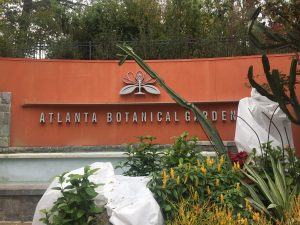
However, to bring it down to a few sentences, if you’ve ever seen a bunch of different colored roses planted together or have seen four different colored roses in a small bouquet, you can completely skip this part and head on over to the next useless attraction at the garden, the Great Lawn. This one’s amazing, there’s a whole field of grass, I was absolutely mesmerized when I saw grass for the first time in my life on this indeed Great Lawn. If you come at night, they even hang some flashing lights on nearby trees as well as across some of the bushes surrounding the Chapman Conservatory. The lights, I have to admit, were very aesthetically pleasing, but I definitely wasn’t at the botanical garden to get an epileptic seizure. Our tour guide said our next stop was…. The Rock Garden. Holy f***ing s**t, I thought to myself, rocks with lights over them. The tour guide described it as an exciting addition to that garden, but really there was just one tiny gazebo with water around it.
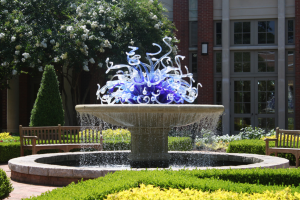
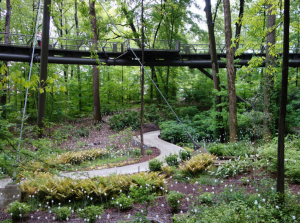
On the way we saw the Parterre Fountain Installation, which definitely did not make my $30 ticket worthwhile. The website says “Created for the Atlanta Botanical Garden in 2004, Dale Chihuly’s Parterre Fountain Installation is a one-of-a-kind sculpture in blue and white, interpreting shapes and colors of water, ice and sky. A captivating assemblage of twisting, brightly colored glass, the sculpture sparkles in Levy Parterre Fountain, where it is especially lovely lit up after dark. See it sparkle from a whole new perspective, the top of the recently renovated Alston Overlook.” “Sparkle” there was not sparkle. I thought I came to the garden to see plants, not glass. Last but not least we were at the Gardens in Storza Woods where we would “Experience the tranquil beauty of storied hardwoods surrounded by woodland gardens in one of four spaces: Beachwood Overlook, Boardwalk Balcony, Channel Overlook and The Patio at the Water Mirror.” That was truly the only good part about the garden, nothing was altered, it was just one big peaceful wooded area. But again, the ticket was $30 and I have some trees planted in my backyard as well.” Wow, Michael thought as Sandro finally closed his mouth and they hopped in the Uber back to Emory. Thank God for the wind that day, as otherwise he too would’ve endured the same torturous fate as Sandro did on the cold night of August 11th, 2014.
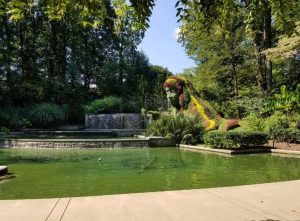
Although Sandro successfully convinced Michael that the power outage was a good thing, he noticed a theme in Sandro’s flashback. Though Sandro’s experience was utterly painful, he seemed to have appreciated the natural beauty of the Gardens in Storza Woods. He was able to describe in great detail the unpolished elegance of this wooded area compared to the superficial aesthetic of the other sites. Though the Botanical Garden emphasizes an “organic approach”, it seems like almost everything in the garden has some sort of human alteration and fabricated appearance. Whether it was the Rock Garden or Parterre fountain, there really seemed like nothing truly natural about this garden. While one could easily argue that the garden is supposed to be seen as a giant architectural achievement, there are some clear transformations that are almost too artificial. A perfect example of this can seen with the lights on the Great Lawn. Though this arrangement was aesthetically pleasing, Sandro was disappointed because the lights distracted the visitors from the natural beauty of the lawn. It seems as if our world is no longer attracted to the simple, natural things in life. From beauty products to the man made designs of the garden, our world is living in a constant cycle of superficial reinvention. But when does it go too far? How long can our world sustain a balance of natural beauty and advancement when our own affinity for the natural things in life is ever changing?
Feel free to explore the website: http://atlantabg.org
-Michael and Sandro
Citations:
atlantabg.org/content/2-explore/4-art-in-the-garden/14-parterre-fountain-installation/parterrefountaininstallation2_0.jpg.
atlantabg.org/content/5-about-us/1-news-blogs/5-media-page/2-gainesville-media-site/atlanta-botanical-garden-gainesville_d_by-jason-getz.jpg.
uscitytraveler. “Atlanta Botanical Garden.” YouTube, YouTube, 10 Oct. 2011, www.youtube.com/watch?v=cZWHsgX2kdk.
www.asla-sandiego.org/aslasdwp/wp-content/uploads/2016/06/atlanta1.jpg.

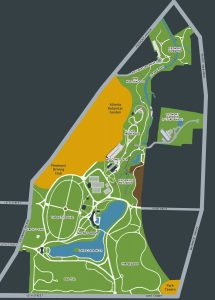
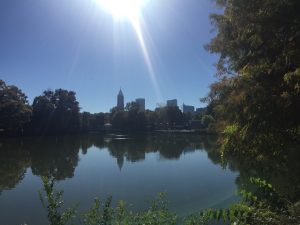

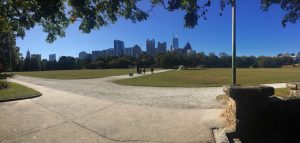
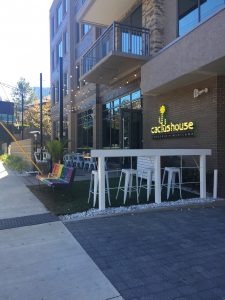
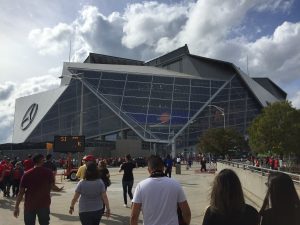

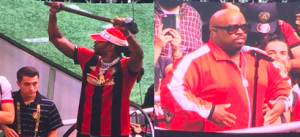
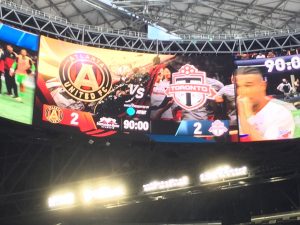
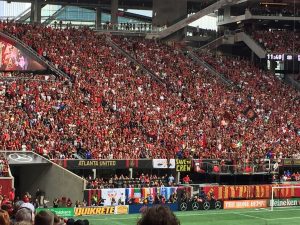
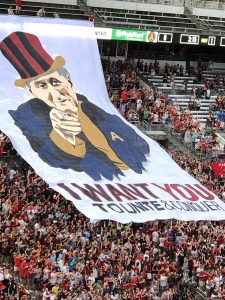
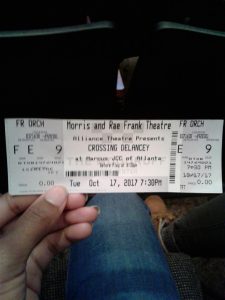
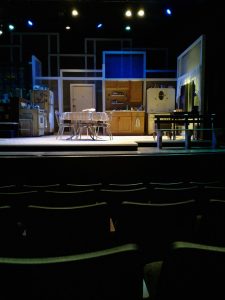

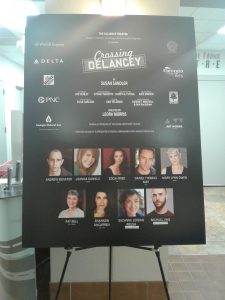
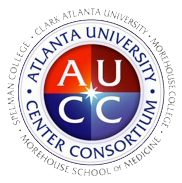

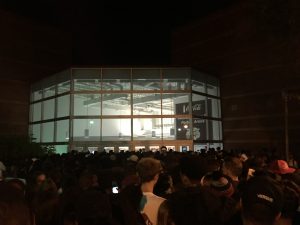
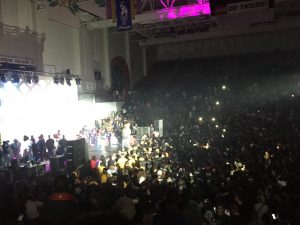 As I received these dirty looks from all angles, one Morehouse student named Hilliard took us under his wing and led our entire group to the doors. Once we finally made our way through security, we rushed into the gymnasium and found some great seats on the bleachers. Though we tried to find space on the floor, the gym was clearly reaching maximum capacity as it was extremely packed. After Travis’ expected late arrival, the concert began and the whole crowd went crazy.
As I received these dirty looks from all angles, one Morehouse student named Hilliard took us under his wing and led our entire group to the doors. Once we finally made our way through security, we rushed into the gymnasium and found some great seats on the bleachers. Though we tried to find space on the floor, the gym was clearly reaching maximum capacity as it was extremely packed. After Travis’ expected late arrival, the concert began and the whole crowd went crazy.